How it works
-
Gather evidence to support your claim
Examples:- A photo of you standing in the doorway of your house
- A Permission to Occupy (PTO) document or similar
- Utility bills or prepaid meter receipts
- Video recordings of neighbours supporting your claim
- Submit the evidence using just your phone, together with a photo of your id or passport. Pay the registration fee.
- Your claim is permanently recorded on the Ethereum blockchain.
- You get a claim certificate by email, and your land is marked as claimed on our interactive map, similar to the example below (optional):
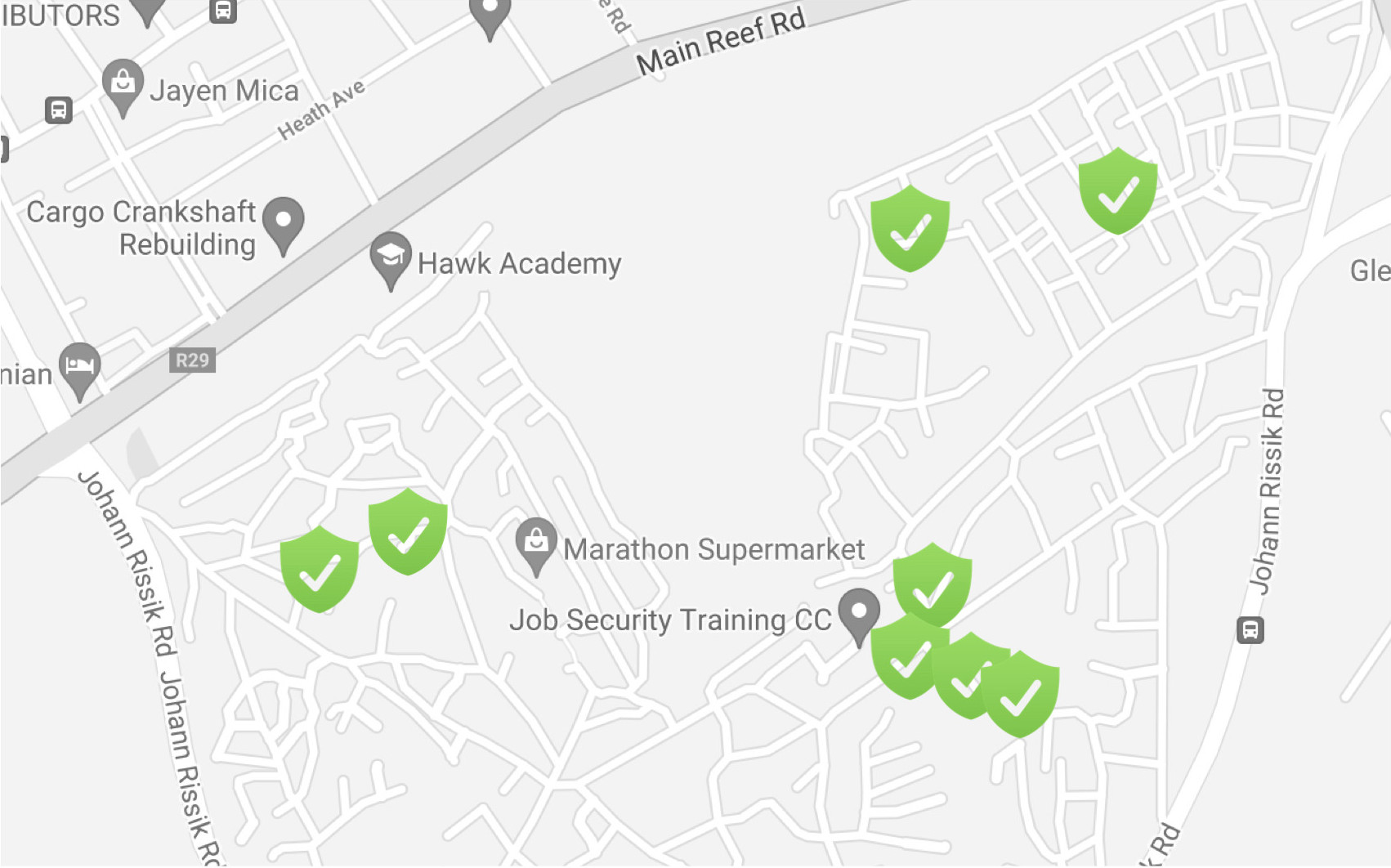
Why should I formally claim my land?
- Better access to credit. Get a loan to improve or extend your house. Add a room, tile the floors, etc. A documented claim gives lenders more confidence in your ability to repay a loan.
Peace of mind. We create a permanent record of your claim that dates back when it was submitted. It is indisputable proof that your claim was made on that day, backed by the evidence you provide.
While the claim certificate we issue is not a title deed, it has legal standing. It is a “public claim of ownership”. It can be used in a court of law should a dispute ever arise. It is the next-best-thing to a title deed.
How is blockchain technology used?
Claim data is separated into public and private data:
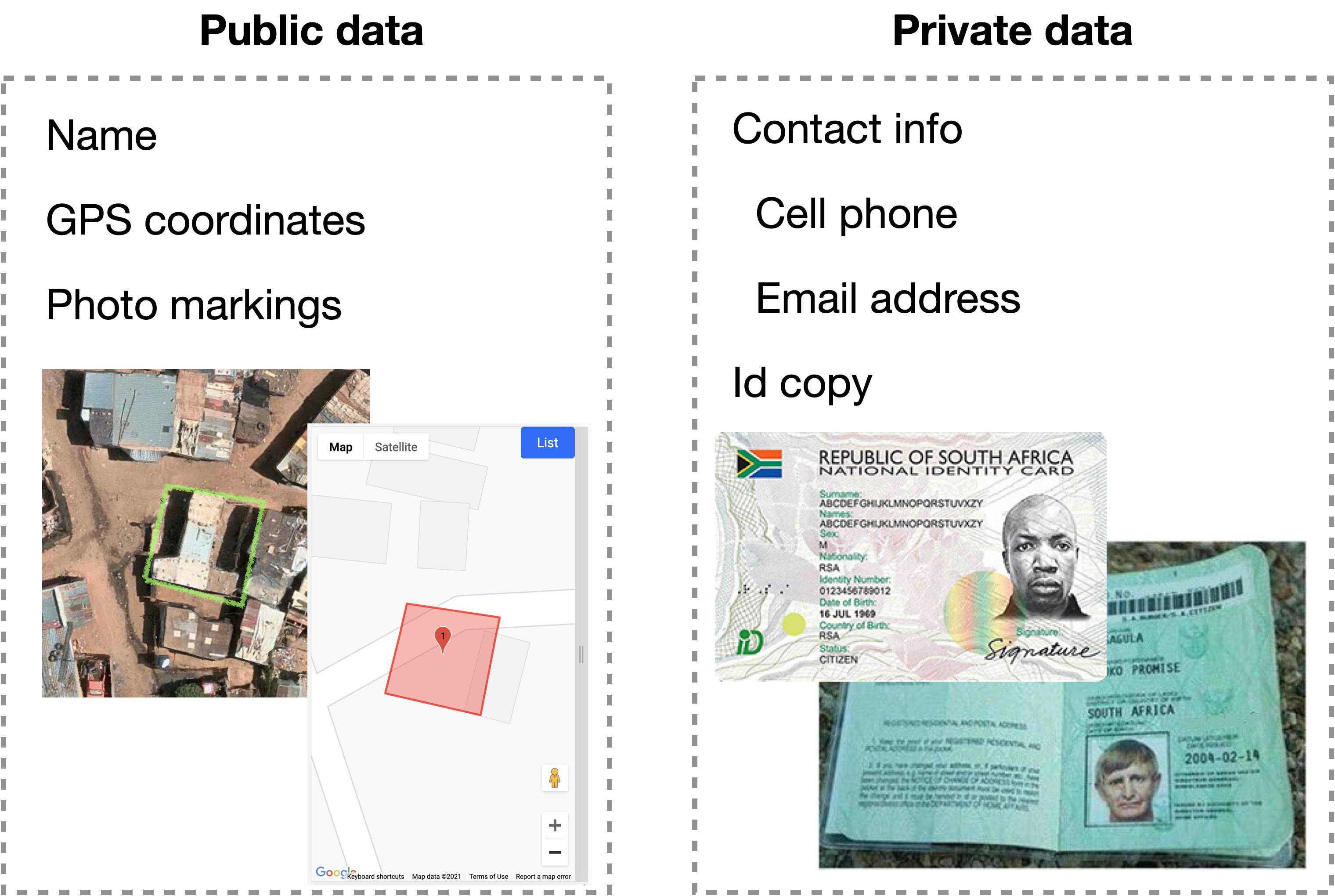
This data is packaged into two separate zip files: public.zip and private.zip. The claim is registered by writing the hashes of these 2 files to the blockchain.
What is a hash?
A hash is a short alphanumeric string that is computed from the content of a file using a hashing function. A hash has 2 important properties:
- Given a particular hash, it is computationally infeasible to construct a file with the same hash. As such, a file with a given hash is presumed to be the only such file which exists.
- The content of the file can’t be determined from the hash
Hashing is somewhat counter-intuitive. There is no appropriate real world analogy to explain it, but one exists in fairy tales: Cinderella’s slipper. Only Cinderella’s foot fits the slipper, and the only way the Prince can know if any given girl is Cinderella is to check if her foot fits the slipper. The slipper is also a poor substitute for Cinderella - it can't keep him warm at night 😉 The slipper is essentially a hash of Cinderella.
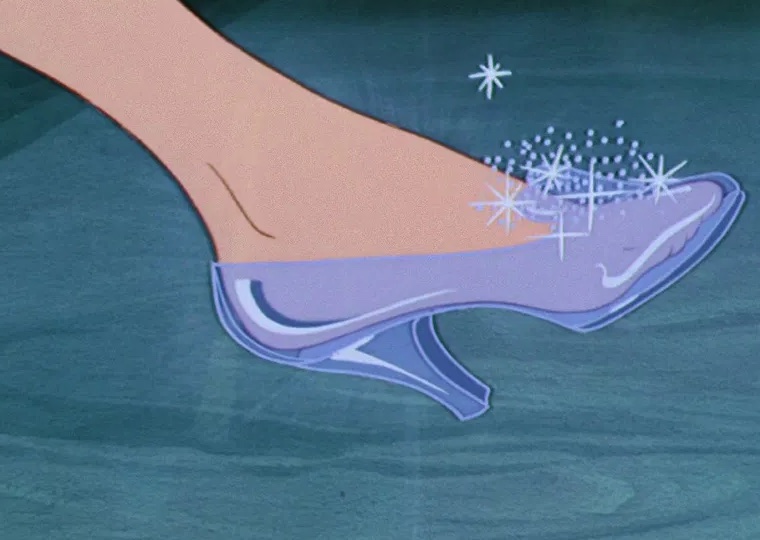
You can read more about hashing on Wikipedia. It is commonly used in computer science, and blockchains like Bitcoin, Ethereum, etc.
How we use hashing
The hashes of the corresponding public.zip and private.zip files are written to the blockchain when a claim is registered. These files can be considered part of that blockchain transaction since no other files would fit:
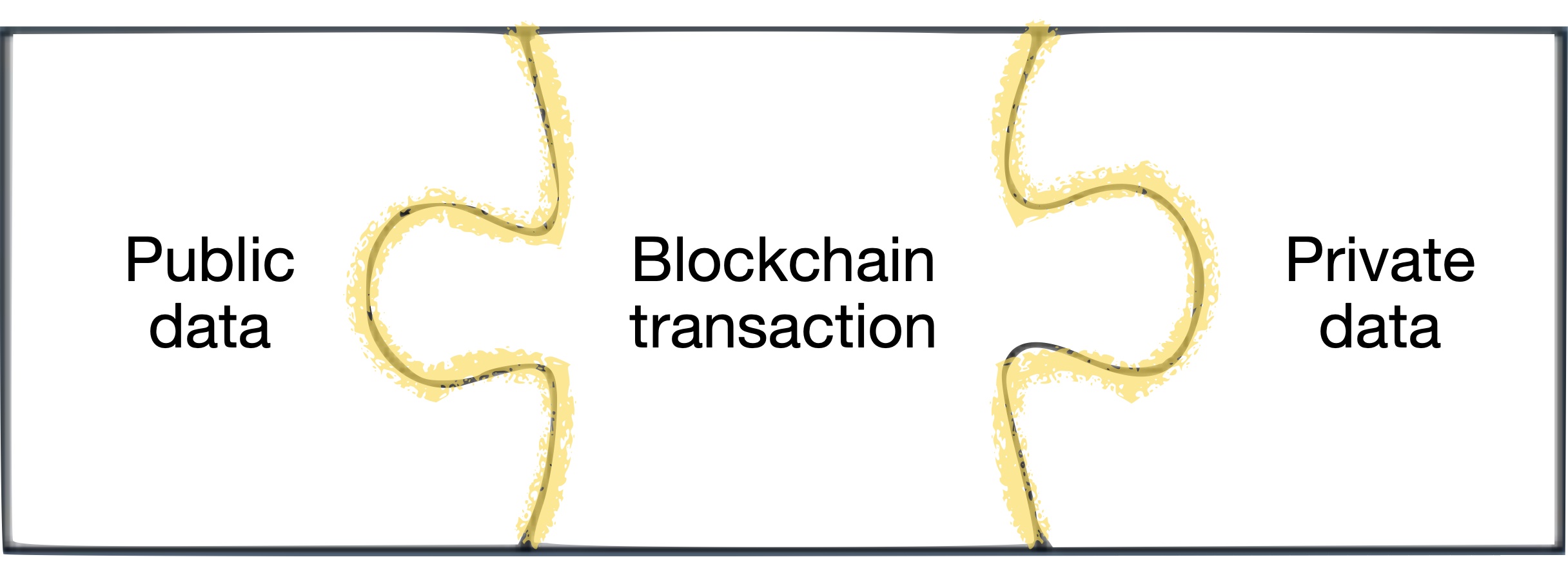
Why not write the claim data directly onto the blockchain? Because this would be very expensive. We currently use the Ethereum blockchain because it is by far the leading platform for smart contracts. We expect to rely on smart contracts more and more as we add new features to our service. The cost of storing all the claim data on the Ethereum blockchain is prohibitive at present. In future, we may consider switching to a blockchain which offers cheaper storage (like Bitcoin SV).
In the case of private.zip, writing it to the blockchain would make its contents available for anyone to see. Even if we encrypted it, the password could be stolen. The claimant’s private information would then be publicly available on the blockchain forever.
Who keeps the data if it’s not on the blockchain?
Public.zip and private.zip are distributed to the claimant when the claim is registered. Betterdeed also keeps a copy. With both files and the relevant blockchain transaction, the claimant can independently prove that his claim was made at a specific date and time with the supporting evidence in the files.
In addition, we publish the contents of public.zip on IPFS. This makes an immutable copy available publicly. Data published to IPFS is found by a “content id” (CID), which is just a different type of hash of the data. We include this CID in the blockchain transaction, along with the hash of public.zip and private.zip. If the CID matches the CID in the blockchain transaction, you know it is an authentic copy of the public data.
How it all fits together
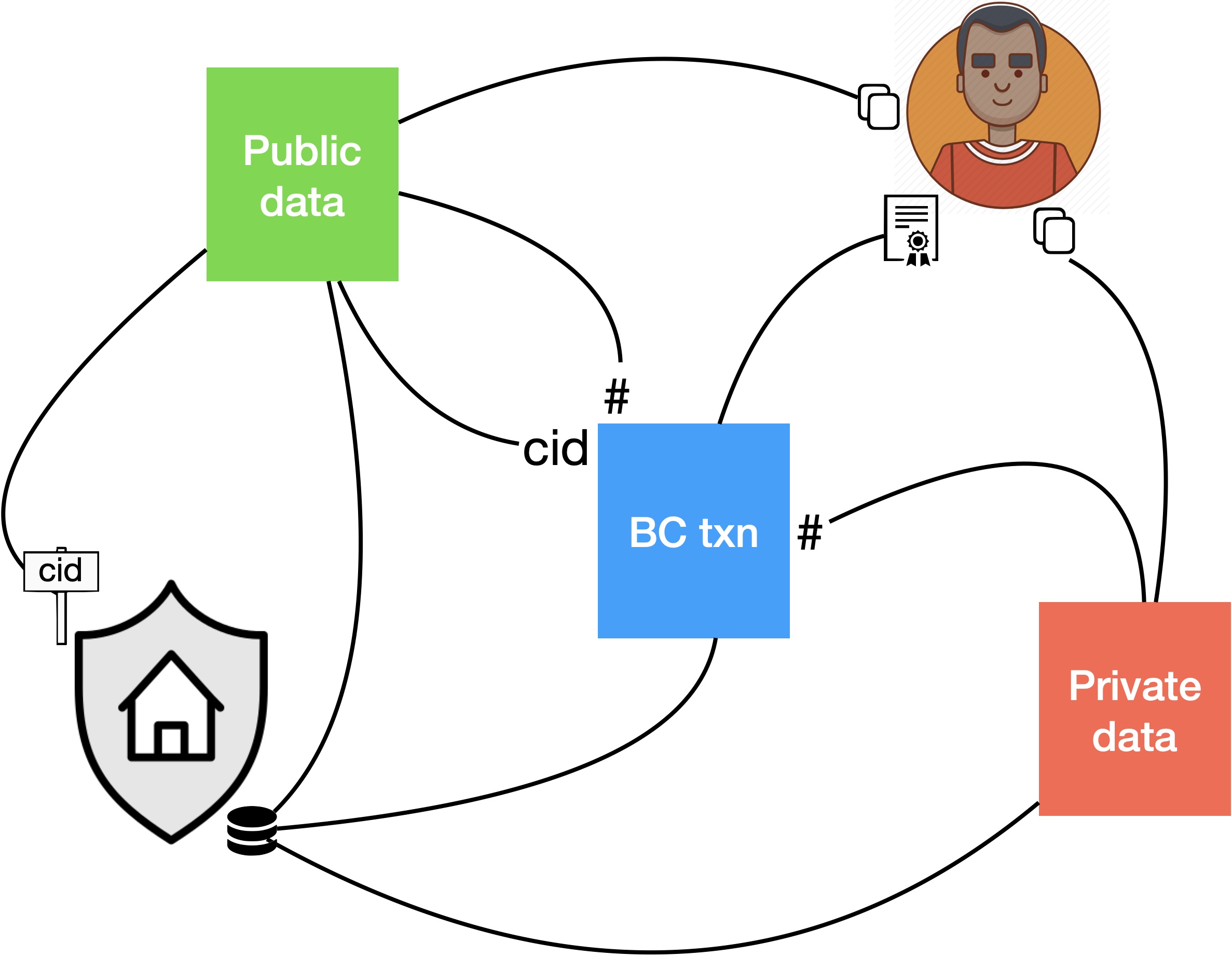
The claimant’s claim certificate contains the relevant blockchain transaction id. He also keeps a copy of public.zip and private.zip. At Betterdeed, we keep this same information for all claims in our database, and we publish the public data to IPFS.
If you have any questions about how our technology works, please email tech@betterdeed.com